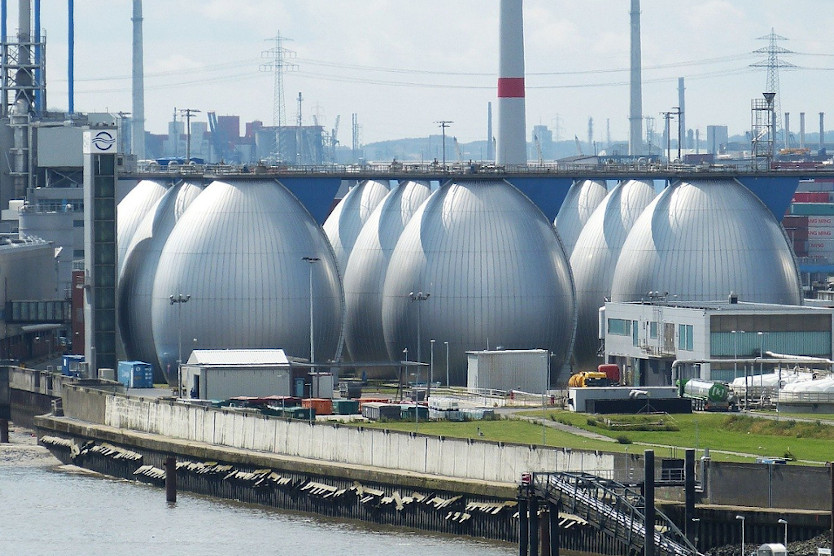
Near Bottrop Emschergenossenschaft is building the world’s largest solar thermal sewage sludge drying plant (STT).
© pixabay
Germany’s first self-sufficient, large-scale sewage plant, known as the “Emscher hybrid power plant” (Emschergenossenschaft), is building the world’s largest solar thermal sewage sludge drying plant (STT) located near Bottrop in the Ruhr region. Construction of the plant, which will consist of 32 drying halls with a net drying area of 40,000 square metres, will be completed by the end of the year.
The sustainable handling of sewage is a vital element of Germany’s climate protection plan, as wastewater treatment is highly energy intensive. “The new plant will make a significant contribution to increasing energy efficiency and will significantly improve the state of sewage sludge disposal Germany,” says Emanuel Grün, Emschergenossenschaft’s technical director in a press release.
The sewage treatment plant will derive 100 percent of the power it needs from the renewable energy systems located on the Bottrop site. The Emscher plant includes a photovoltaic system on a roof area of around 500 square metres, a new steam turbine with a capacity of at least 4 MW, a wind turbine with a capacity of 3.1 MW and four new combined heat and power plant (CHP) modules.
The sludge also contains valuable organic materials which can be reused at a later stage. “Up to now, 20,000 tonnes of coal have to be added to the sewage sludge, which is thermally utilised on site, every year in order to achieve a sufficient calorific value. This step will be omitted in future, the sewage sludge will be dried in the "greenhouses" using solar and waste heat energy”, Grün explains in the press release.
The Emscher plant could be used as a blueprint for other large sewage treatment plants in Germany, which are among the largest municipal consumers of energy.


